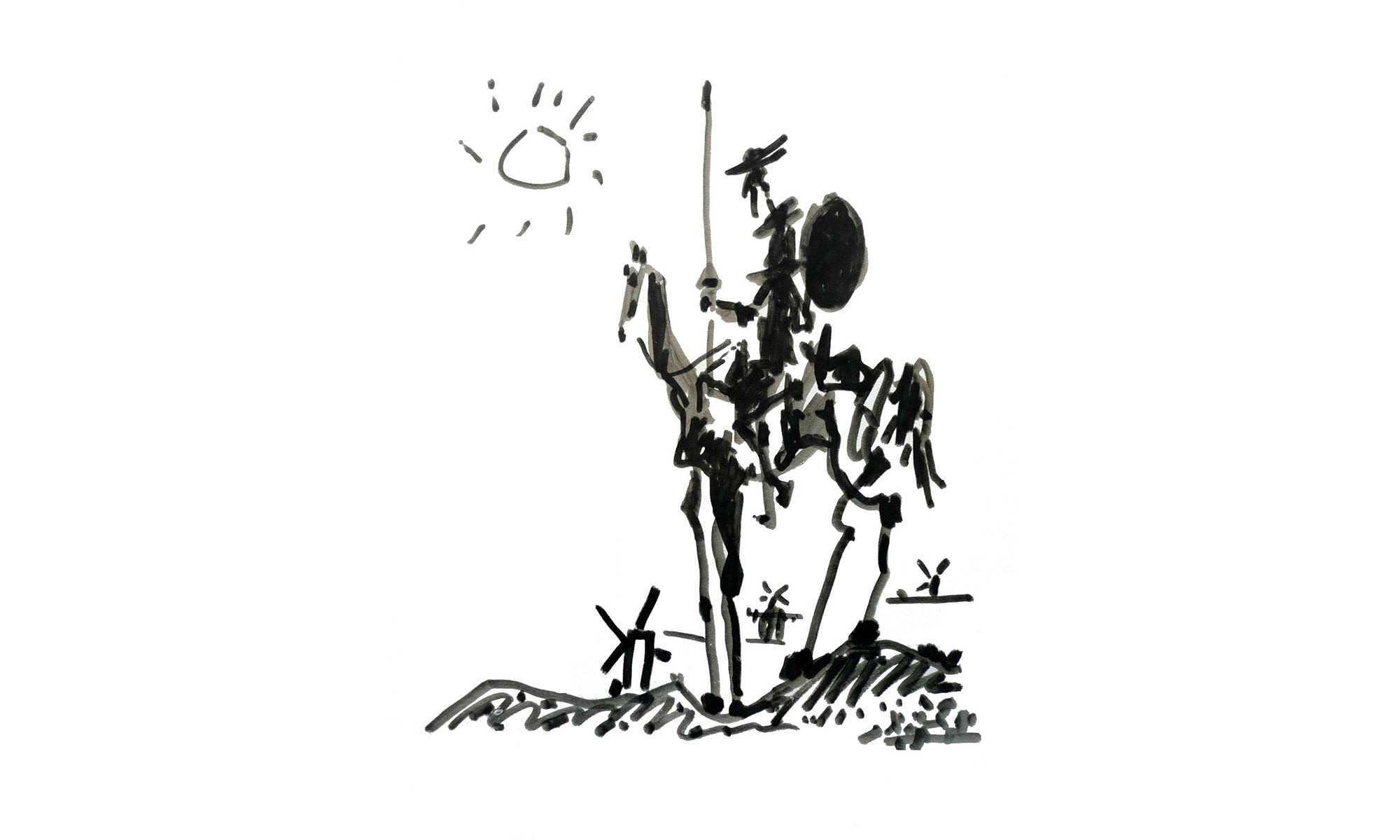Imagine you’re exploring the remote islands documenting aspects of the various ecologies you encounter. One of these islands is used as a waystation by the British Navy, but due to its volcanic history and remoteness is woefully lacking in significant vegetation and wildlife. What do you do?
If you are Charles Darwin, you encourage a friend of yours, who you know will be visiting the same island, to establish a series of shipments of trees, grasses and bushes and other forms of flora from botanical gardens from all across Europe to be planted on the island to flesh out the ecosystem on the island.
Why would you do that? To increase local water supplies. The trees and other plants capture rain and reduce evaporation, even with the dry prevailing winds in that area of the ocean. Over time, the plants turn the volcanic rocks into extremely rich soils. Now, the island is a cloud trap and home to a full-fledged forest, albeit one unlike any other on the planet — playing home to eucalyptus, pine, bamboo and banana trees and many others.
And why is this significant? One of the biggest problems with human exploration of the other planets in the solar system is that they aren’t “habitable” — they lack liquid water and breathable atmospheres. The science fiction and science of changing those worlds is “terraforming”: “making like Terra”. But it is rare for scientists to have real world examples of how terraforming can work. The island of Ascension is one of those examples. While it isn’t a completely isolated system the way that Mars is, there are significant ideas that can be applied to the concept of terraforming Mars.
The more we learn about Mars, the more we learn that it is potentially terraformable. But it will likely take more than the few generations. We can’t start with trees, ecologies are much too complex and trees have too many large requirements. We’d have to start with extremophile bacteria and other simple life forms such as lichen to begin creating usable soils and adjusting the atmosphere and then working our way up. One of the better looks at the process in science fiction is Kim Stanley Robinson’s trilogy Red Mars, Green Mars and Blue Mars.
Until we get to Mars though, we can continue to be amazed at the wonders of nature of planet Earth.


